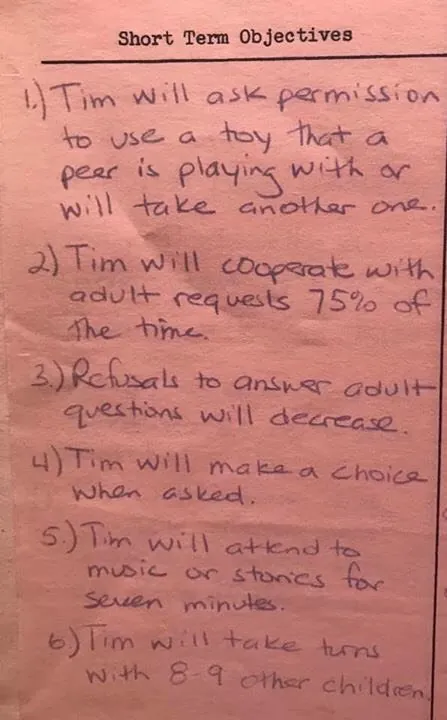The Art and Science of Dealing With Difficult Customers

Imagine the following: Your most important client is also your most demanding – a conundrum most sales professionals have faced at one point in their careers. Luckily, there’s ways of dealing with such a challenging situation — methods that not only neutralize the issues but can actually create greater customer loyalty – a scenario that Michael McCollough and Sundar Bharadwaj coined the Service Recovery Paradox in the 1992 publication Marketing Theory and Applications.
Remain cucumber cool.
It can be tough when you find yourself in the midst of a customer tirade, but no matter what, stay calm. Giving into their fury and responding with similar outrage (no matter how well justified), creates an emotional storm that can irreparably damage the relationship.
Instead, be tranquil, yet serious and firm. To the client, this is a major issue, but by the same token, you shouldn’t let them bully you (hence the firmness). By remaining calm and resolute, you can both display your understanding and help to defuse their emotions.
Let them vent, and listen to what they’re saying.
Sometimes, as parents can attest, it’s best just to let the other person rage and get all their emotions out. It’s possible the thing they’re complaining about isn’t even the real source of their fury – it’s a transferred outlet of emotion whose origins lie in some other aspect of their work or personal life.
By allowing them to expend their energy in the outburst, eventually they’ll run out of steam and come down to their normal levels. During this time, take notes of what they’re saying, both verbally and in terms of subtext. That way, when the irate customer winds down, you’ll be ready to move to the next step.
Be reflective, not reactive.
The phrase you will never want to use when dealing with an upset person: Calm down. Telling a client (or anyone, really) to calm down often has the opposite effect. The reason why is because it invalidates the person’s feelings – essentially telling them that they don’t have a right to be angry or hurt in that moment.
Instead, consider saying something like, “I can see (X issue) is a concern you have. Can you tell me more about that?” It acknowledges the customer’s issue, validates their feelings, and provides space for you to discover more.
Once a natural response point has come (usually in the form of a pause), summarize what the client has said, mirroring their exact language, and ask questions to confirm that you’ve correctly identified their issue. It can be something as simple as “Do I have that right?” If you don’t, or if you’re still not sure what the problem is, continue gently probing to find out the problem – such as “What specific part of the service call upset you?”
Keep any apology short and sincere.
Whether an apology is advised or not depends on the circumstances, but if you do, keep it short, sweet, and specific – for example, “I’m sorry the technician didn’t fix the problem with your server.” Vague apologies sound insincere; elaborate ones could set the client off again.
Ask them what they would like you to do.
The funny thing about a heated moment is that the other person is expecting to be met with resistance and an argument (some might even be looking to pick a fight). When you calmly ask them what they would like you to do, it disrupts their expectations and causes a shift in the dynamic. More specifically, an upset customer asked this is often caught off-guard and mentally takes a step back to consider the answer to that question.
If what they want you to do is something you can do, great. Problem solved. If it isn’t, however, (and this is quite possible with high-maintenance clients who want more resources devoted to them than you have available), answer with, “Unfortunately, I can’t do that. However, what I can do is…” and then provide one to three alternative solutions to the problem. No more than that, because then it’s potentially overwhelming. 1 to 3 alternatives is a choice architecture model that allows for the customer to feel valued and have a sense of ownership in the problem’s resolution.
Follow up during and after the issue’s resolution.
Sometimes the solution is easy and immediately implemented. Other times, it’s a more involved, multi-step process. In the latter case, communicate at every stage with documentation and check-in as steps are completed. It shows the customer that you’re still paying attention and following through – not just placating them.
When the problem is finally solved, follow up again to thank them for their patience and ask them how their experience with your product or service has been since the resolution. Note: Don’t attempt to pitch to them at this point. This is about getting feedback and data in case a similar problem occurs in the future (or even a way to stop the problem from happening in the first place!)
Difficult, demanding customers can be a draining experience. But following the guidelines and steps we’ve outlined here will make the process go much more smoothly for both you and the unhappy customer. It also has a chance to paradoxically result in a stronger relationship and greater customer loyalty, because you addressed their concerns promptly and calmly, and followed up to make sure things are still going well for them.

- Account Planning (11)
- Awards (52)
- Client Testimonial (37)
- Personal Branding (19)
- Podcast (11)
- Research (70)
- Sales Career Development (85)
- Sales Coaching (154)
- Sales Consulting (133)
- Sales Culture (164)
- Sales Enablement (346)
- Sales Leadership (110)
- Sales Management (243)
- Sales Negotiation (16)
- Sales Prospecting (120)
- Sales Role-Playing (18)
- Sales Training (233)
- Selling Strategies (256)
- Soft Skills (67)
- Talent Management (92)
- Trusted Advisor (27)
- Virtual Selling (42)
- Webinar (12)




























